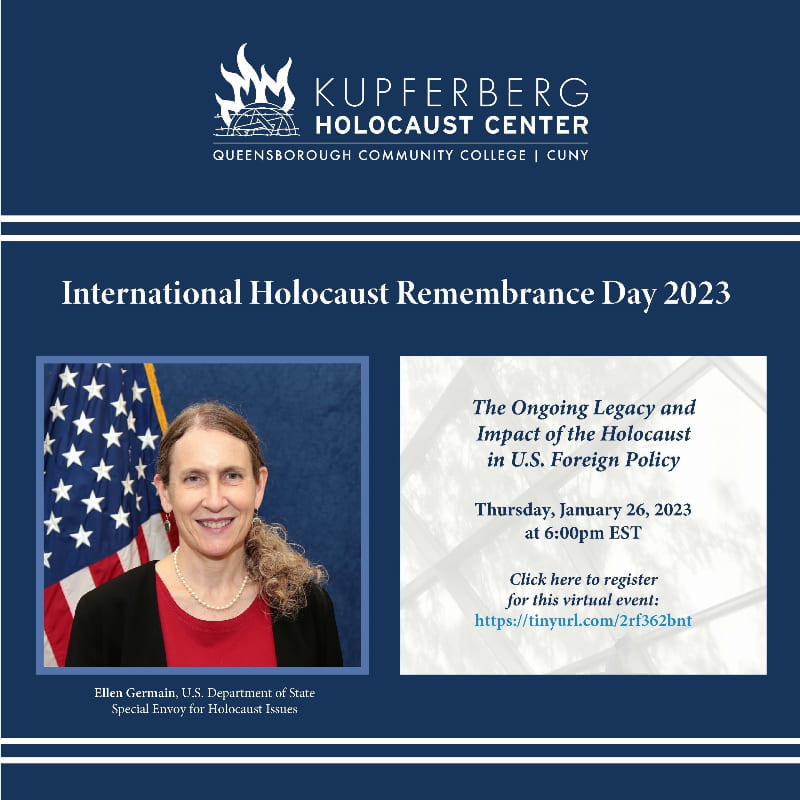
Remembrance Day is not just a date on a calendar or an obligatory moment of silence. It’s a day that encapsulates the sacrifices made, the lives lost, and the legacy of those who’ve served. From the cold trenches of World War I to modern-day conflicts, the importance of this day has remained consistent.
Historical Significance: A Dive into the Past
During World War I, thousands upon thousands of brave souls confronted the horrors of war, many never to return home. Their bravery isn’t something just read in textbooks, but it’s a poignant reminder of the sacrifices made for the liberties we enjoy today.
-
The Origin of the Poppy: Ever wonder why the poppy is synonymous with Remembrance Day? After the deadly battles in the fields of Flanders, poppies surprisingly bloomed. John McCrae’s poem “In Flanders Fields” beautifully captures this, and the poppy quickly became a symbol of the war’s deceased, representing the blood spilled.
-
The Eleventh Hour: The armistice, which marked the end of World War I, was signed on the eleventh hour, of the eleventh day, of the eleventh month. That’s why many countries observe a two-minute silence at 11 am on November 11th.
Modern Relevance: Is it Still Pertinent?
Some might wonder, in today’s fast-paced, tech-driven world, does Remembrance Day hold the same gravitas? The answer’s a resounding yes! Though the nature of warfare might’ve changed, the heartache, sacrifice, and valor remain consistent.
Let’s look at some numbers:
| Conflict | Lives Lost |
|---|---|
| World War I | 10 million |
| World War II | 60 million |
| Vietnam War | 3 million |
| Iraq War | 500,000 |
These numbers are not just statistics, but individual stories, hopes, dreams, and families.
Personal Stories: The Faces behind the Facts
When you peel back the layers of history, you’re met with the undeniable truth that wars aren’t fought by faceless armies, but by fathers, mothers, sons, and daughters. Here are some snippets:
-
Private James Adams: A 24-year-old who scribbled poems in the margins of his diaries. He dreamt of publishing them when he returned but tragically never did.
-
Nurse Amelia Thompson: She ran across open fields, dodging bullets, to tend to the wounded. She was known to whisper lullabies to calm young soldiers’ nerves.
Educational Outreach: Teaching the Next Generation
How do we ensure that the younger generation understands the importance of Remembrance Day? Education’s the key. Schools can:
- Invite Veterans: Who better to share stories than those who’ve lived them?
- Museum Visits: Allow children to see artifacts, letters, and even experience simulated trenches.
- Interactive Projects: Encourage them to interview a veteran or research a local war hero.
These experiences ensure Remembrance Day isn’t just a historical footnote, but a day of deep personal reflection.
Worldwide Observance: Unity in Memory
Remembrance Day isn’t exclusive to one country. Many nations have their version, each with unique traditions. From America’s Veterans Day to Australia’s ANZAC Day, the core message remains the same: “Lest we forget.”
- France: The French light up the Eiffel Tower in vibrant colors to commemorate their fallen heroes.
- Russia: Known as ‘Victory Day’, parades and fireworks light up the sky, celebrating the end of World War II.
This worldwide observance shows that the memories of those who’ve given their all in wars echo across borders and seas.
To delve deeper into this topic and understand the nuances of Remembrance Day from various perspectives, a visit to Wikipedia’s detailed article on this topic is highly recommended.
In wrapping this up, always remember: behind every poppy worn, there’s a story of sacrifice, bravery, and undying love for one’s country. And while the world changes at a breakneck pace, the essence of Remembrance Day remains unaltered: paying tribute to those who gave so much for our tomorrows.







